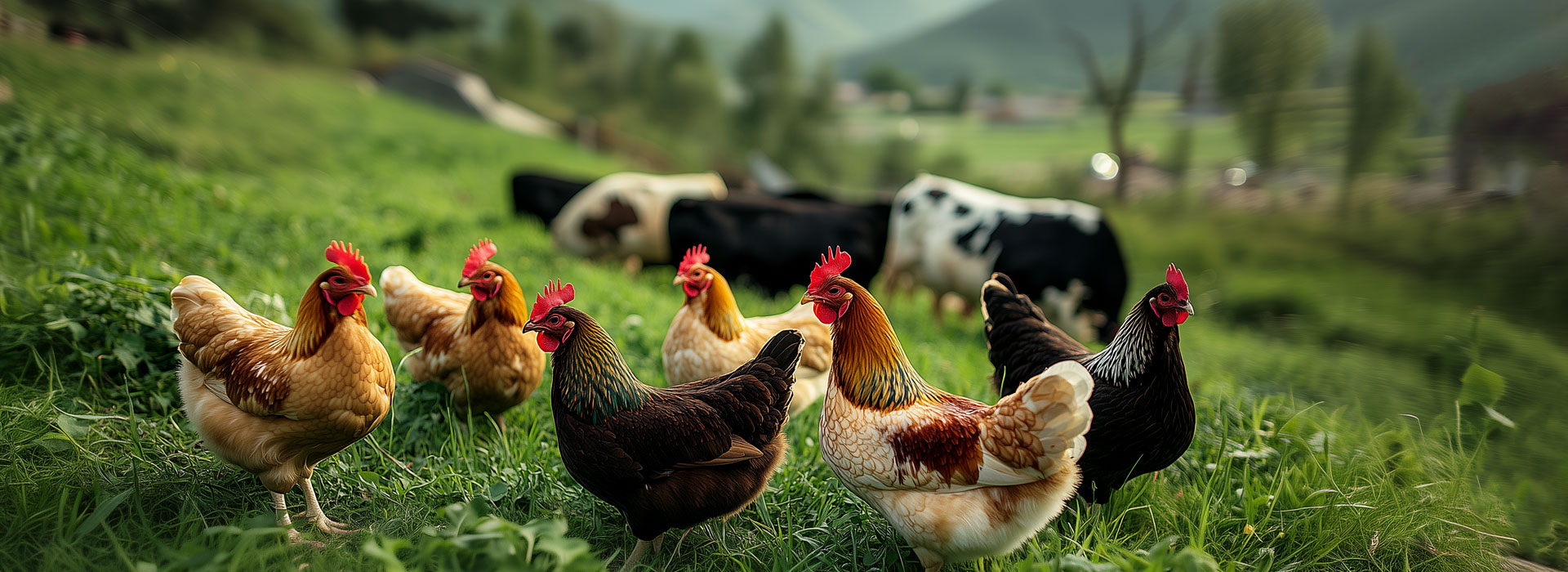
















Enzymes are specific to substrates and are highly efficient to remove related soils on fabrics. For example, amylase enzyme will only digest starch stains, while protease could target protein stains with very high efficiency.
Fabrics would develop tiny micro-fibers which protrude the surface, which makes the fabric fuzzy, color fading and roughness. Care-related cellulases could remove the micro-fibers and restore the fabric to be smooth, color-fresh as new looks.
In every laundry process, dirty particles in the washing machine will be redeposited to the surface of the fabric, making it grey and dull in color. Whitening-related cellulase could treat the fabric and restore the whiteness and shining looks to the fabric during washing process.
Consumers pursue clean, fresh, hygienical laundry effect after every wash. With multi-enzyme solutions applied in the detergent formulations, stains in both surface and inner part of the fabrics could be easily removed, therefore bring the desired washing effects to consumers.

The application of phytase in feed could bring below benefits:
➢ Release the phosphorus in plant-based materials to meet the phosphorus requirements of livestock and poultry, therefore reduce the amount of phosphorus and help to reduce environmental pollution.
➢ Reduce the amount of inorganic phosphorus in feed formulations, such as calcium phosphate, to reduce feed cost.
➢ Release iron, zinc, copper, calcium and other mineral elements, as well as proteins or amino acids, from phytic acid to improve the digestion and utilization efficiency.
Xylan exits in most of the feed ingredients, such as wheat, rye, corn, cereal and soybeans. It can not be digested for non-ruminant animals, therefore brings significant anti-nutritional affect by increasing chyme viscosity and reduce the absorption of nutrients.
The application of Xylanase in feed could bring below benefits:
➢ Break down the structure of the cell wall, especially xylan, to reduce the viscosity of chyme in the intestinal tract, and improve the digestion of nutrients.
➢ Improve energy utilization, reduce feed costs and improve feed quality.
Functions of Beta Mannanase:
➢ Eliminate anti-nutritional factors in feed, therefore improve nutrient digestion and absorption.
➢ Improve the digestibility of the nutrients, degrade the mannan-protein- polysaccharide complex to enhance the absorption of nutrient.
➢ Degrade mannan to mannose to promote the probiotics grown in animal intestines, therefore increase animal's immunity and reduce the mortality rates.
The functions of Cellulase in feed:
➢ Effectively degrade cellulose, release inner nutrients and increase the utilization of nutrients.
➢ Reduce the injury of cellulose to animal intestines.
➢ Improve the utilization of unconventional nutrients and reduce total costs.

➢ Improved volume and crumb structure with lipases for baking
Addition of lipase can help to reduce or remove the use of emulsifiers in baking, and obtain consistent bread quality with soft and elastic texture.
➢ Maltogenic-amylase can help the baked products to stay longer with desired properties such as softness, elasticity and moisture
Bakers can get the desired the softness, elasticity and moistness of breads by enzyme solutions, such as maltogenic-amylase. The enzyme-treated breads, wraps and cakes can retain their qualities with longer shelf-life.
➢ Use β-glucanase and xylanase to optimize wort separation and beer filtration
Efficiency and time in wort separation and beer filtration are key parameters in optimizing brewhouse capacity. β-glucanase and xylanase can facilitate the process and improve the efficiency without compromising quality.
➢ The application of low-pH amylase can help grains to liquefy quickly and efficiently
The application of low-pH amylase can achieve efficient liquefaction under different complex working conditions, achieving the specified indicators while reducing the cost of chemicals by more than 50%.

Based on the help of right enzyme solution, customer can Improve output efficiency in ethanol, corn oil, fiber and protein value
Every plant is different, with different performance, operational, chemical reducing, and cost needs. With the broad portfolio of flexible liquefaction solutions, customer can reach their business’s specific output goals. Enzymes solution set the standard for efficiency in liquefaction. They go beyond traditional approaches in their focus on improved grain conversion. The result for your plant is maximum ethanol, corn oil, fiber, or protein value outputs.